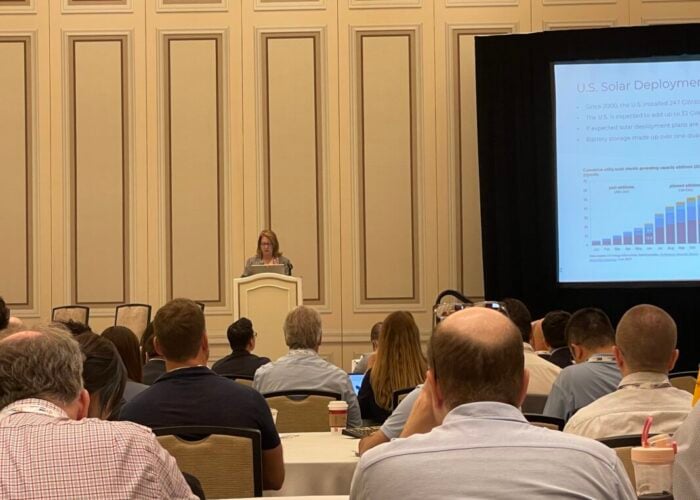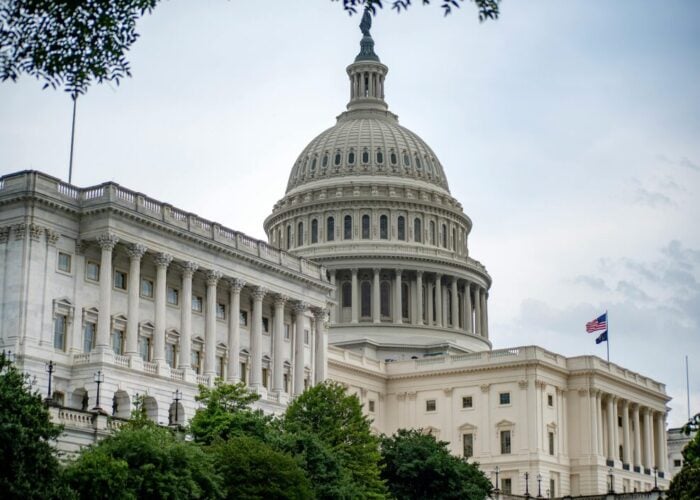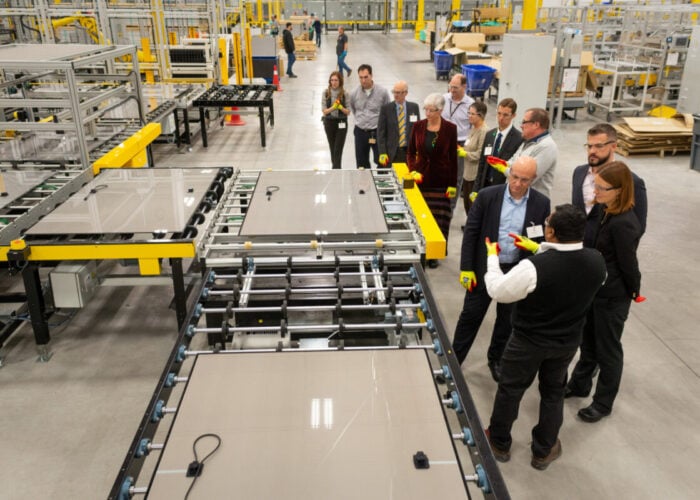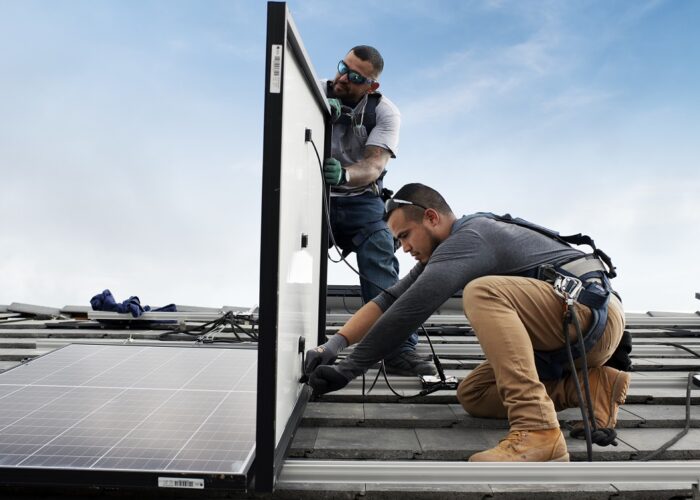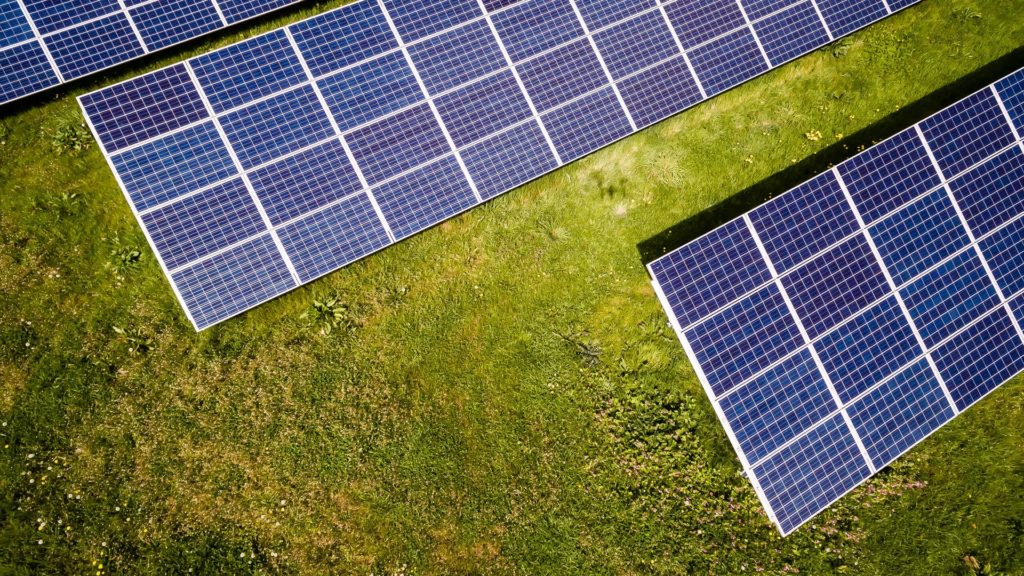
The US Department of Treasury, the Department of Energy and the Internal Revenue Service (IRS) have released further guidance on the Inflation Reduction Act (IRA), strengthening energy security and incentivising manufacturing and clean energy investments in coal communities.
After establishing the expanded Qualifying Advanced Energy Project Credit programme under section 48C of the Internal Revenue Code in February, the US Department of Treasury and the IRS released guidance to offer additional information about the application process and technical guidance for the programme.
Try Premium for just $1
- Full premium access for the first month at only $1
- Converts to an annual rate after 30 days unless cancelled
- Cancel anytime during the trial period
Premium Benefits
- Expert industry analysis and interviews
- Digital access to PV Tech Power journal
- Exclusive event discounts
Or get the full Premium subscription right away
Or continue reading this article for free
To apply, the applicants need to submit concept papers starting from 30 June to describe the proposed project. They will be encouraged to submit a full application after receiving a favourable review.
The IRA provided US$10 billion in new funding for the Qualifying Advanced Energy Project Credit programme. Congress required that at least US$4 billion needed to be reserved for projects in communities with closed coal mines or retired coal-fired power plants. The initial funding round will include US$4 billion, with about US$1.6 billion reserved for projects in these designated coal communities.
Additionally, the US Department of Treasury and IRS also released a Notice of Proposed Rulemaking (NPRM) for the Low-Income Communities Bonus Credit programme. The NPRM proposes rules for the application process and technical guidance for the programme, providing up to a 20-percentage point boost to the investment tax credit for up to 1.8GW annually of solar and wind energy projects with a maximum output of less than 5MW located in low-income communities or otherwise serving low-income populations.
Moreover, the US Department of Treasury and IRS will release final guidance related to the 2023 programme prior to applications opening later this year.


